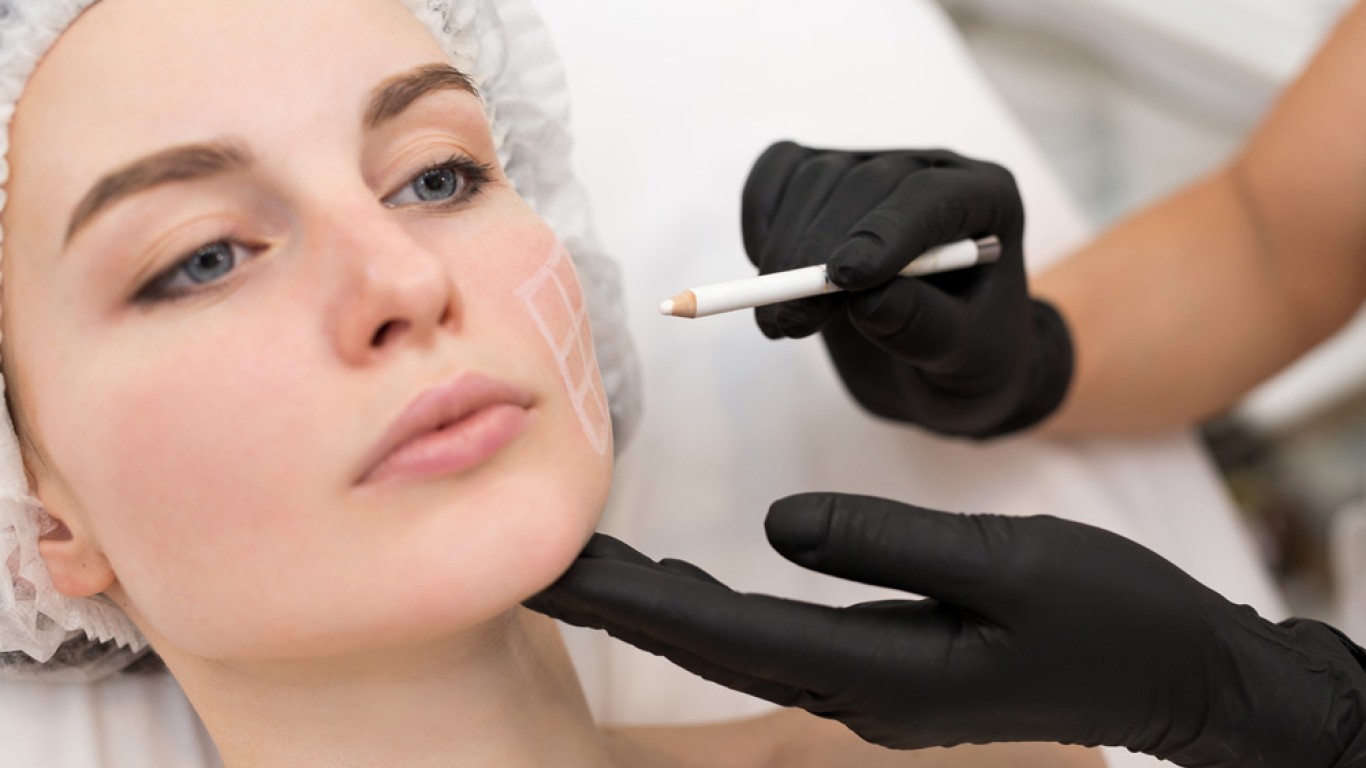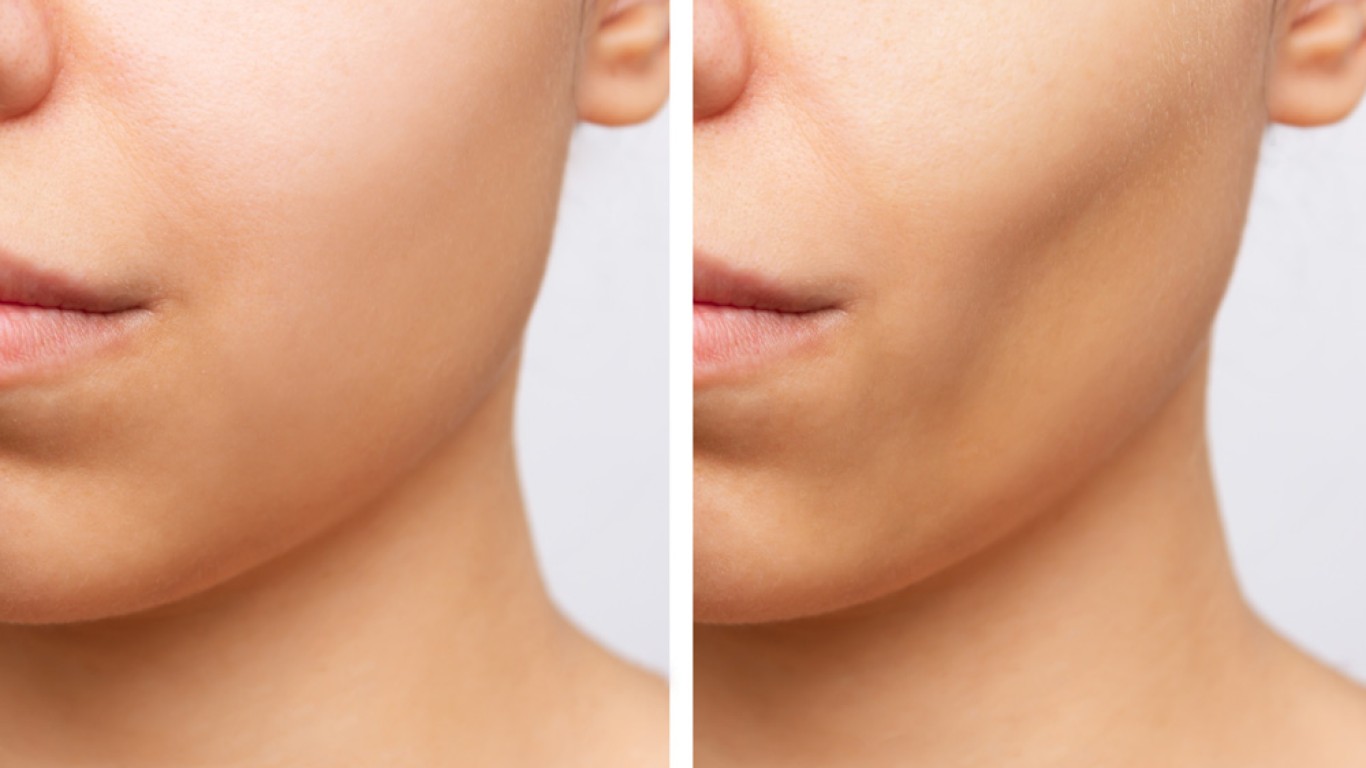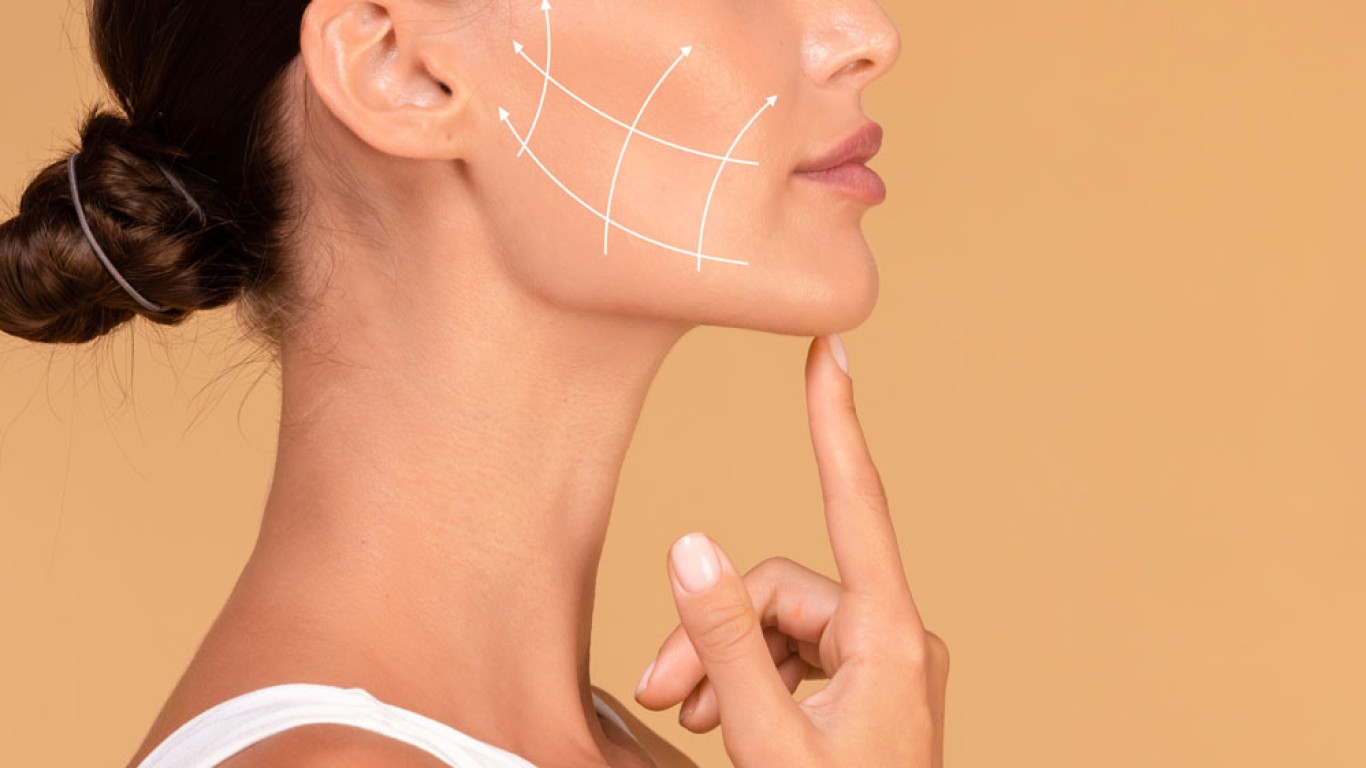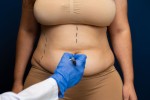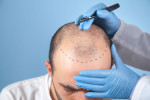Bichectomy and chin liposuction are two popular facial contouring procedures. They aim to create a more sculpted look. Each treatment offers excellent results alone. However, many people wonder if combining them can deliver even better outcomes. This article explains the advantages and what to expect. Explore how to decide if combining these procedures is the right choice for you.
What Is a Bichectomy?
A bichectomy, or buccal fat removal, targets the fat pads in your lower cheeks. By removing these fat pads, the face appears slimmer and more contoured. The procedure is typically quick, lasting about 30 to 60 minutes, and is performed under local anaesthesia. Moreover, since the incisions are made inside the mouth, there are no visible external scars. As a result, many people appreciate the subtle yet noticeable improvements it offers.
What Is Chin Liposuction?
Chin liposuction is a cosmetic procedure that removes excess fat. Particularly under the chin and around the jawline. This treatment helps reduce the appearance of a double chin and enhances the jaw’s definition. Like bichectomy, chin liposuction is often performed under local anaesthesia and requires minimal downtime. Patients usually return to light activities within a few days. This makes it a convenient option for busy lifestyles.
Why Combine Bichectomy and Chin Liposuction?
Combining bichectomy and chin liposuction can create a more balanced and harmonious facial profile. While bichectomy slims the midface, chin liposuction defines the lower face and jawline. Together, they work to enhance the overall V-shaped facial contour that many people desire. Additionally, undergoing both procedures at once can reduce overall recovery time compared to separately.
Who Is an Ideal Candidate for Combining These Procedures?
Ideal candidates are individuals with full cheeks and excess fat under the chin. You should be in good general health, have stable weight and realistic expectations. Furthermore, combining procedures is best suited for those who want a significant transformation without multiple recovery periods. During your consultation, your surgeon will assess your facial anatomy. They will discuss your aesthetic goals to determine if this approach is right for you.
Benefits of Combining Bichectomy and Chin Liposuction
Firstly, combining these procedures can deliver a more dramatic yet natural-looking result. Secondly, you only undergo one anaesthesia session, which can lower overall medical costs and risks. Thirdly, a single recovery period means less time off work and fewer disruptions to daily life. Additionally, combining surgeries can simplify planning and aftercare, making the entire experience smoother.
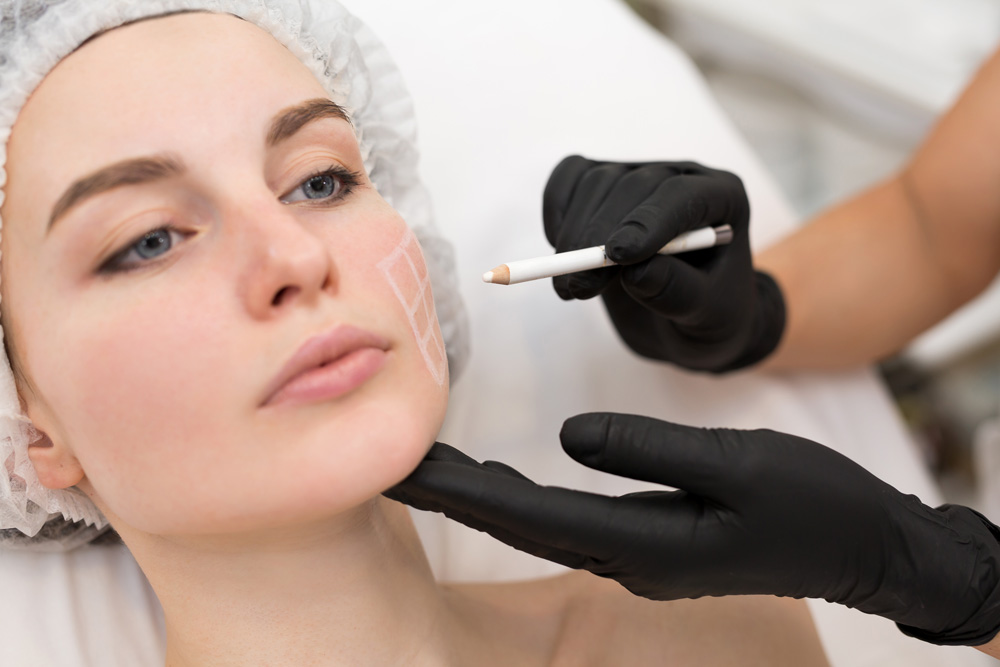
What to Expect During the Combined Procedure
On the day of surgery, you’ll have a thorough discussion with your surgeon. This will confirm your goals. The procedures are usually performed under local anaesthesia, sometimes with sedation. The surgeon will start with bichectomy, removing the buccal fat pads through small incisions inside the mouth. Next, chin liposuction is performed through tiny incisions under the chin. This uses a small cannula to remove fat. The entire process typically takes one to two hours, depending on individual anatomy.
Recovery Timeline After Combined Surgery
The initial recovery phase involves some swelling, bruising and mild discomfort. Compression garments or chin straps might be recommended to support healing. Soft foods are encouraged, especially during the first few days. Excellent oral hygiene is essential to avoid infection. Most patients can return to work within one to two weeks, although light activities can resume sooner. Full results become more visible after swelling decreases, typically within two to three months.
How Long Do Results Last?
Results from both bichectomy and chin liposuction are long-lasting. The fat pads removed during bichectomy do not return. While fat removed from the chin area does not regenerate. Maintaining a stable weight and a healthy lifestyle helps preserve your refined facial contour. However, natural ageing will continue, and minor changes over the years are normal.
Cost of Combining Bichectomy and Chin Liposuction in Turkey
Combining bichectomy and chin liposuction in Turkey procedures in Turkey can be cost-effective. The price generally ranges from £2,500 to £4,000, depending on the clinic and surgeon’s expertise. Many clinics offer comprehensive packages covering consultation, surgery, accommodation, transfers and aftercare. Compared to prices in the UK or US, this represents a significant saving. On top of this Turkey procedures still maintain high standards of care.
Choosing the Right Clinic and Surgeon
Selecting an experienced surgeon is crucial for achieving safe, natural-looking results. Research clinics that have international accreditations and positive patient reviews. Look at before-and-after photos to evaluate their work. During your consultation, discuss your goals clearly and ask detailed questions about the process and recovery. A transparent approach helps ensure you feel confident in your decision.
Conclusion
Combining bichectomy with chin liposuction offers a powerful solution for achieving a sculpted, balanced facial profile. With one surgery and recovery period, you can enjoy comprehensive improvements with less overall downtime. By choosing a qualified surgeon and following post-op instructions carefully, you can achieve long-lasting, natural-looking results.
For more information on bichectomy and to book a consultation visit the ACIBADEM Beauty Center Aesthetics webpage.
Frequently Asked Questions
Yes, when performed by a skilled surgeon, combining these procedures is safe and effective.
No. Bichectomy incisions are inside the mouth, and chin liposuction incisions are tiny and well-hidden.
Light activity can usually resume after two weeks, but always follow your surgeon’s advice.
Yes. Depending on your goals, other facial procedures can sometimes be included.
Most patients see final results within two to three months, once swelling fully subsides.

